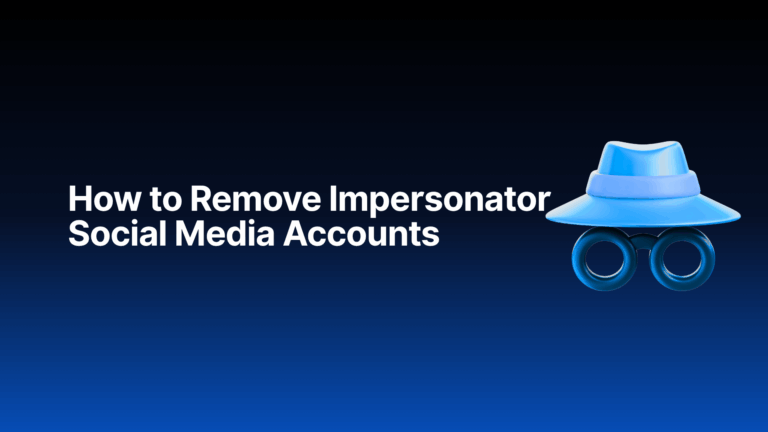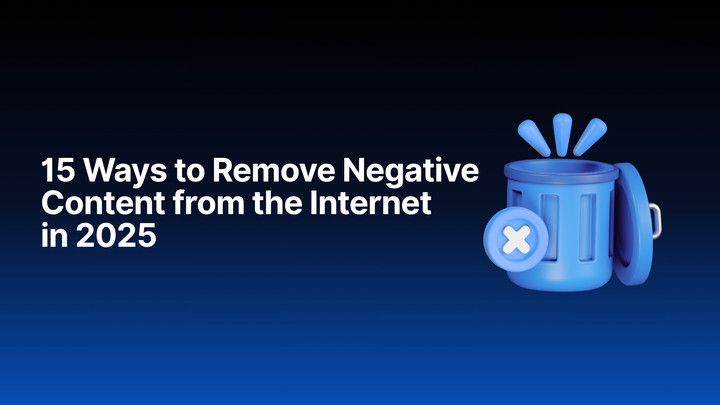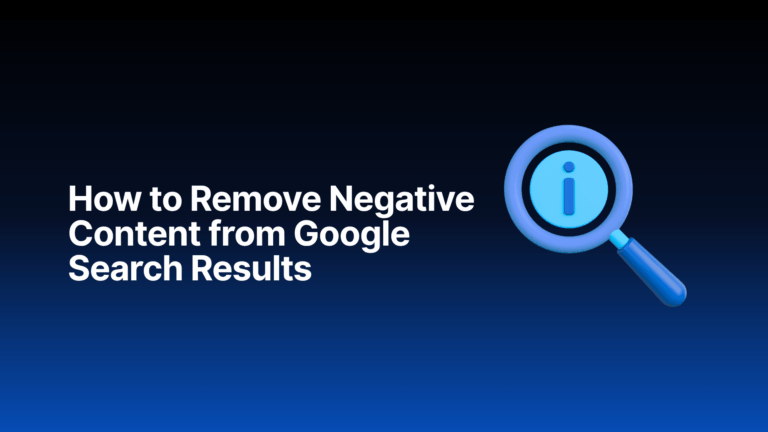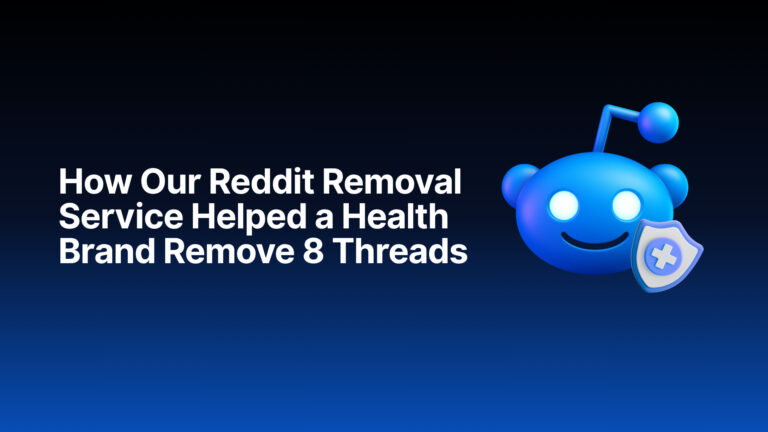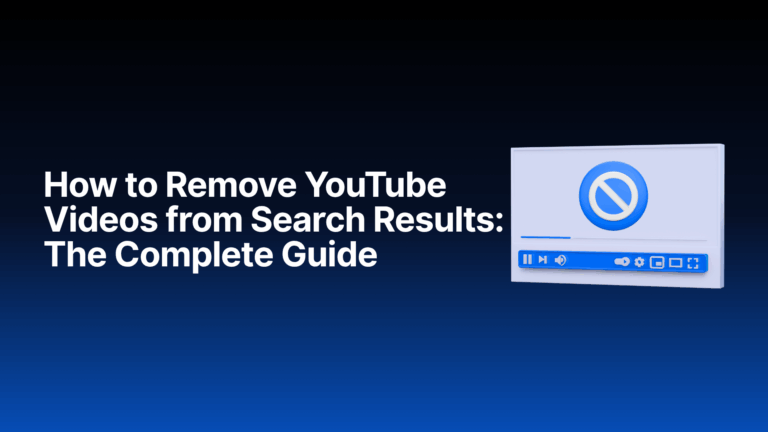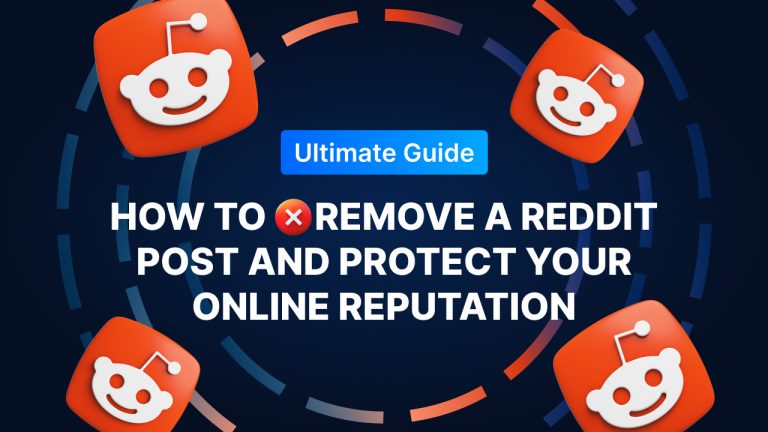Over 200 companies trust Media Removal. Get a Quote Now >
How to Remove Negative Links from Google in 2025: Complete Guide
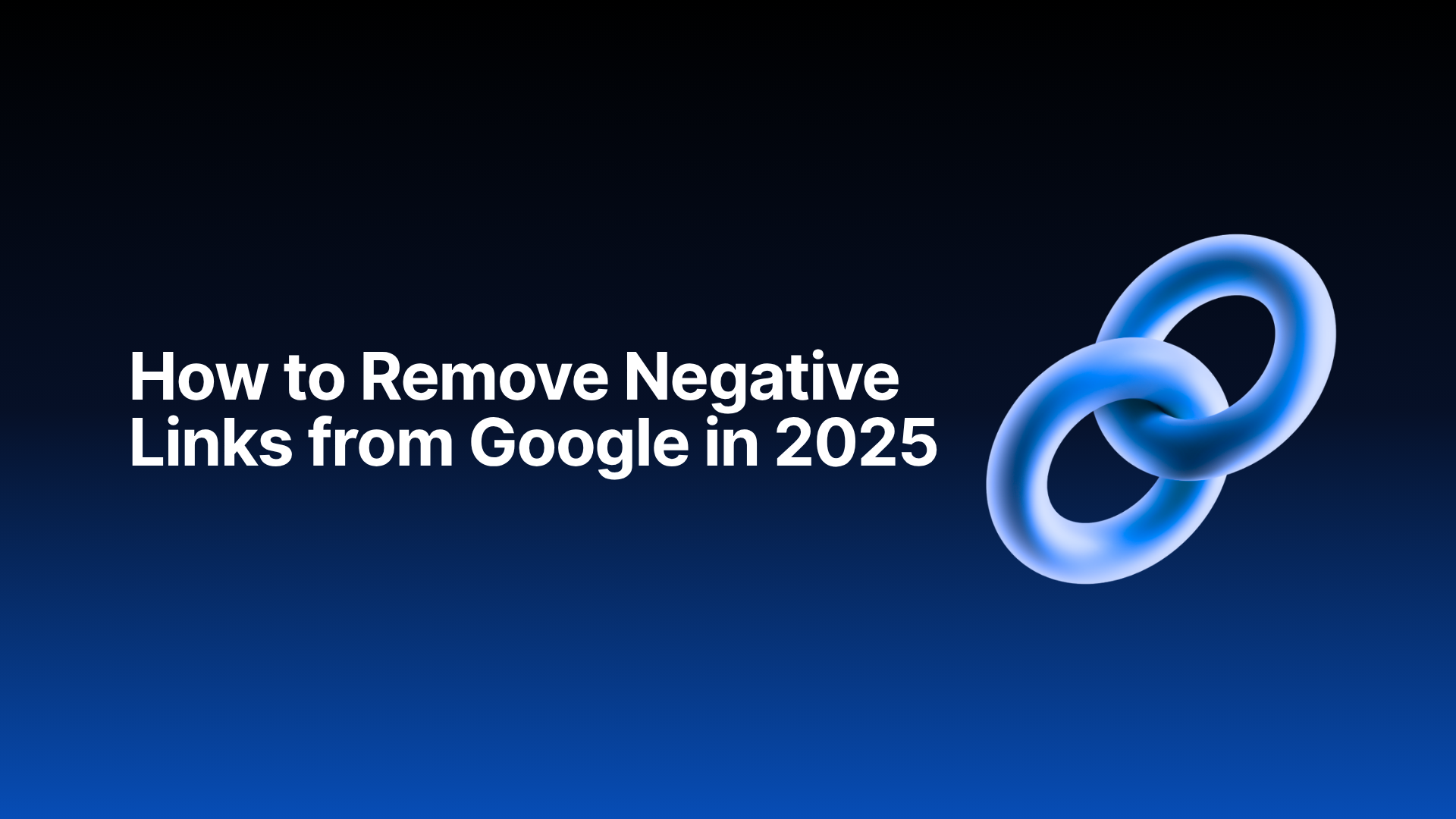
When negative links appear in Google search results, they can damage your personal reputation, your business, and even your future opportunities. In 2025, online reputation management is more important than ever and understanding how to remove negative links from Google is critical to protecting your name.
In this guide, we’ll walk you through legal, ethical, and effective methods to handle unwanted links, explain what Google will and won’t remove negative links from Google is critical to protecting your name.
Why Are Negative Links So Damaging in Google Search?
Google is the primary platform for information searches about individuals, businesses, and brands. Its algorithm often ranks negative content such as defamatory posts, news articles, reviews, complaints, legal cases, or personal disputes highly, causing such material to remain prominently visible for years and potentially inflict lasting reputational harm if left unaddressed.
Can You Remove Negative Links from Google?
The answer is: sometimes, depending on the situation. Google doesn’t control the content hosted on other websites but will remove links in specific cases where the content violates legal rights or Google’s policies.
Google may remove links involving defamation or libel, privacy violations such as doxxing or exposure of personal information, copyright infringement, revenge porn or explicit non-consensual content, and court-ordered takedowns. However, Google typically will not remove links related to personal disputes, legitimate negative reviews or complaints, accurate but unflattering news articles, or opinion pieces. More detailed information can be found in Google’s content removal policies.
How to Remove Negative Links from Google: Step-by-Step
Step 1: Contact the Website Owner
Directly and politely request the removal or modification of the negative content, providing valid reasons such as defamation, privacy concerns, or outdated information. It is important to keep a record of all communication attempts.
Step 2: Submit Legal Takedown Requests
If the website refuses to comply and the content violates laws, you may submit legal takedown requests, including defamation takedown notices, DMCA copyright removal notices, or privacy violation complaints.
Step 3: Use Google’s Removal Tools
Use the Outdated Content Removal Tool to request that Google de-index content that has been deleted or updated. Additionally, submit a Personal Information Removal Request to have sensitive personal data removed from search results.
Step 4: Push Down Negative Content (Suppression)
If removal proves impossible, the next best approach is to suppress negative content by publishing positive, optimized content, building strong social profiles, securing press mentions, and using professional reputation management services to push down harmful links in search results.
Need Expert Assistance with Content Removal?
Struggling to get negative content removed from Google search results? Our team at Media Removal specializes in helping individuals and businesses restore their online reputation.
The Risks of Unethical Tactics
Many companies advertise fast and guaranteed removals by employing unethical methods such as fake DMCA claims, automated bot flagging, blackmail or extortion threats, and hacking or illegal takedowns. These methods are illegal, violate Google’s policies, and can expose you to legal action. Moreover, they can backfire and exacerbate damage to your online reputation. At Media Removal, we strictly use legal and ethical removal strategies designed for long-term success and protection.
Why Professional Help Matters in 2025
Google’s algorithms and content policies evolve constantly, making content removal increasingly complex. Professional reputation management services like Media Removal offer:
- Case evaluation by legal experts
- Platform-specific takedown requests
- Negotiations with webmasters and publishers
- Long-term suppression strategies
- Full compliance with legal standards
Preventing Future Negative Links from Appearing
The most effective defense is a proactive online reputation management strategy. This includes securing your name on major platforms and domains, publishing consistent and high-quality content, optimizing positive articles and profiles for SEO, and regularly monitoring Google search results using alerts.
Frequently Asked Questions
1. How do I remove negative links from Google search results?
First, try contacting the website owner directly. If that fails, file legal takedown requests or use Google’s removal tools. For complex cases, professional services like Media Removal can help.
2. Will Google always remove negative links if I ask?
No. Google will only remove links if they violate specific policies or laws, such as defamation, copyright infringement, or personal information exposure.
3. Can I suppress negative links instead of removing them?
Yes. When removal isn’t possible, content suppression through SEO and reputation management is an effective strategy.
4. Is it illegal to pay for link removals?
Paying a legitimate reputation management firm for legal services is not illegal. However, hiring companies that use unethical or fraudulent methods can expose you to legal risk.
5. How long does it take to remove negative links from Google?
It varies. Some removals happen within days, while others may take weeks or months depending on complexity.
Take Action to Protect Your Reputation
Negative links in Google search results can damage your online presence and personal life for years if left unchecked. Don’t wait until it’s too late, get expert help to safely and effectively remove or suppress damaging content.
